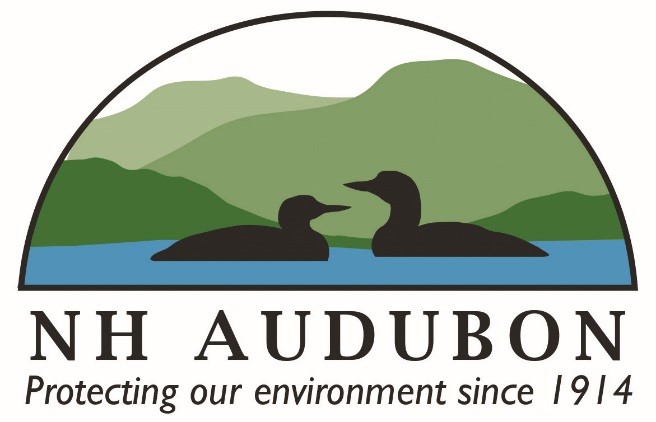FARM VIABILITY
[ Back to Benefits ]
Many of us have come to appreciate the value of our local farms as sources of fresh, wholesome food. Even if we never purchase from a local farm, we appreciate the aesthetics of our open agricultural land. Our communities benefit from the presence of farms in lower costs for public services and increased economic stability. Suburban and urban families can reconnect with an almost lost agrarian heritage by visiting farms to pick their own fruits and vegetables or enjoying horse-drawn wagon rides around local farms.
As long as our farms continue to thrive, these "public goods" enrich our lives, with or without our active support. Without someone's support, however, we risk losing both our farms and the benefits we derive from them.
Long-term viability proves challenging for many of our local farms. They face stiff pricing competition from large farming operations across the United States and around the world. Qualified, reliable labor is difficult to find. To increase their viability, our farmers are constantly adjusting their businesses, diversifying their product lines, and looking for a unique niche market.
The Bobolink Project meets the latter two goals while offering the farmer the additional opportunity to provide wildlife habitat for native birds, pollinators, and more. Farmers who modify their growing practices to accommodate the nesting habits of bobolinks can now market and sell that service as a new and unique agricultural product. When community members contribute to The Bobolink Project, they are increasing the viability of our local farms, and helping to preserve for themselves the many benefits we can only receive from our farms.






